Proper stewardship of delicate wetland ecosystems is essential not only for improving the natural world around us, but also for maintaining the quality and value of the land we own, as well as fish and waterfowl populations. However, maintaining protected wetlands may not always be the most profitable use for land, especially when it has agricultural possibilities. To help offset the costs of setting aside portions of your land as protected wetlands, the federal government has established numerous programs over the years to make the option more financially advantageous for landowners.
The current program, established by the Natural Resources Conservation Service of the United States Department of Agriculture, is known as the Agricultural Conservation Easement Program (ACEP). The goal of ACEP is to provide financial and technical assistance for landowners to help conserve agricultural land and wetlands and their related benefits.
One portion of ACEP is Wetland Reserve Easements. Prior to the passing of the 2014 Farm Bill, this portion of the program was known as the Wetlands Reserve Program. Land that’s eligible for enrollment in ACEP as a Wetland Reserve Easement includes farmed or converted wetland that can be successfully restored as natural wetland habitat in a cost-effective manner. NRCS prioritizes applications for Wetland Reserve Easements based upon their potential for protecting and enhancing habitat for migratory birds and other wildlife.
There are a variety of options for land enrolled as Wetland Reserve Easements through NRCS. These include:
- Permanent Easements – These are conservation easements in perpetuity, with NRCS paying 100 percent of the value of the easement to purchase it, and 75 to 100 percent of the cost to restore it.
- 30-Year Easements – Under 30-year easements, NRCS pays 50 to 75 percent of the value of the easement to purchase it, and 50 to 75 percent of the cost to restore it.
- Term Easements – The length of term easements is determined by applicable state laws. NRCS pays 50 to 75 percent the value of the easement to purchase, and 50 to 75 percent of the cost to restore it.
- 30-Year Contracts – 30-year contracts are only available to enroll acreage owned by Native American Tribes, and program payment rates are similar to that of 30-year easements.
Wetland Reserve Enhancement Partnership (WREP), introduced with the 2014 Farm Bill, is a voluntary program through which NRCS signs agreements with eligible partners to carry out wetland protection, restoration and wildlife habitat improvement in high-priority areas. Benefits of WREP agreements include the ability to cost-share restoration or enhancement through leveraging, the option to participate in management or monitoring of selected locations and the ability to use innovative restoration practices.
Conserving wetlands and improving habitat is one of the smartest decisions a landowner can make, with benefits that will be able to be felt for generations to come.
This content may not be used or reproduced in any manner whatsoever, in part or in whole, without written permission of LANDTHINK. Use of this content without permission is a violation of federal copyright law. The articles, posts, comments, opinions and information provided by LANDTHINK are for informational and research purposes only and DOES NOT substitute or coincide with the advice of an attorney, accountant, real estate broker or any other licensed real estate professional. LANDTHINK strongly advises visitors and readers to seek their own professional guidance and advice related to buying, investing in or selling real estate.




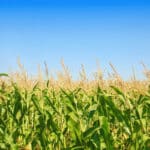

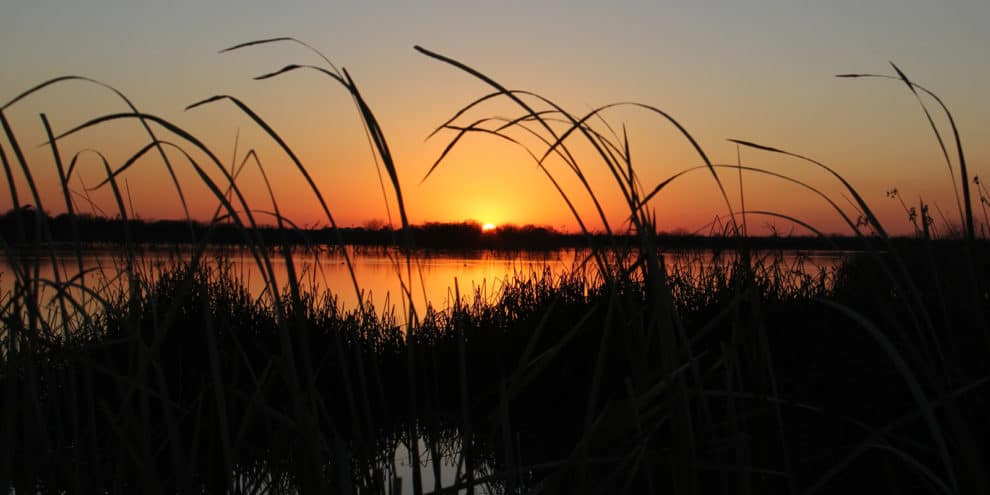
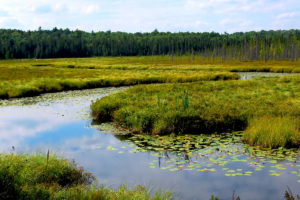
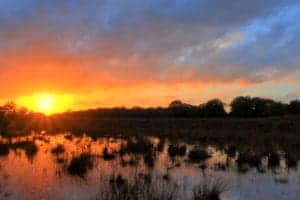
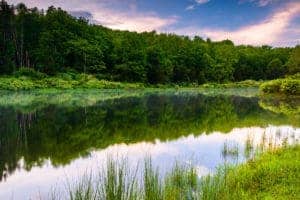
Add Comment